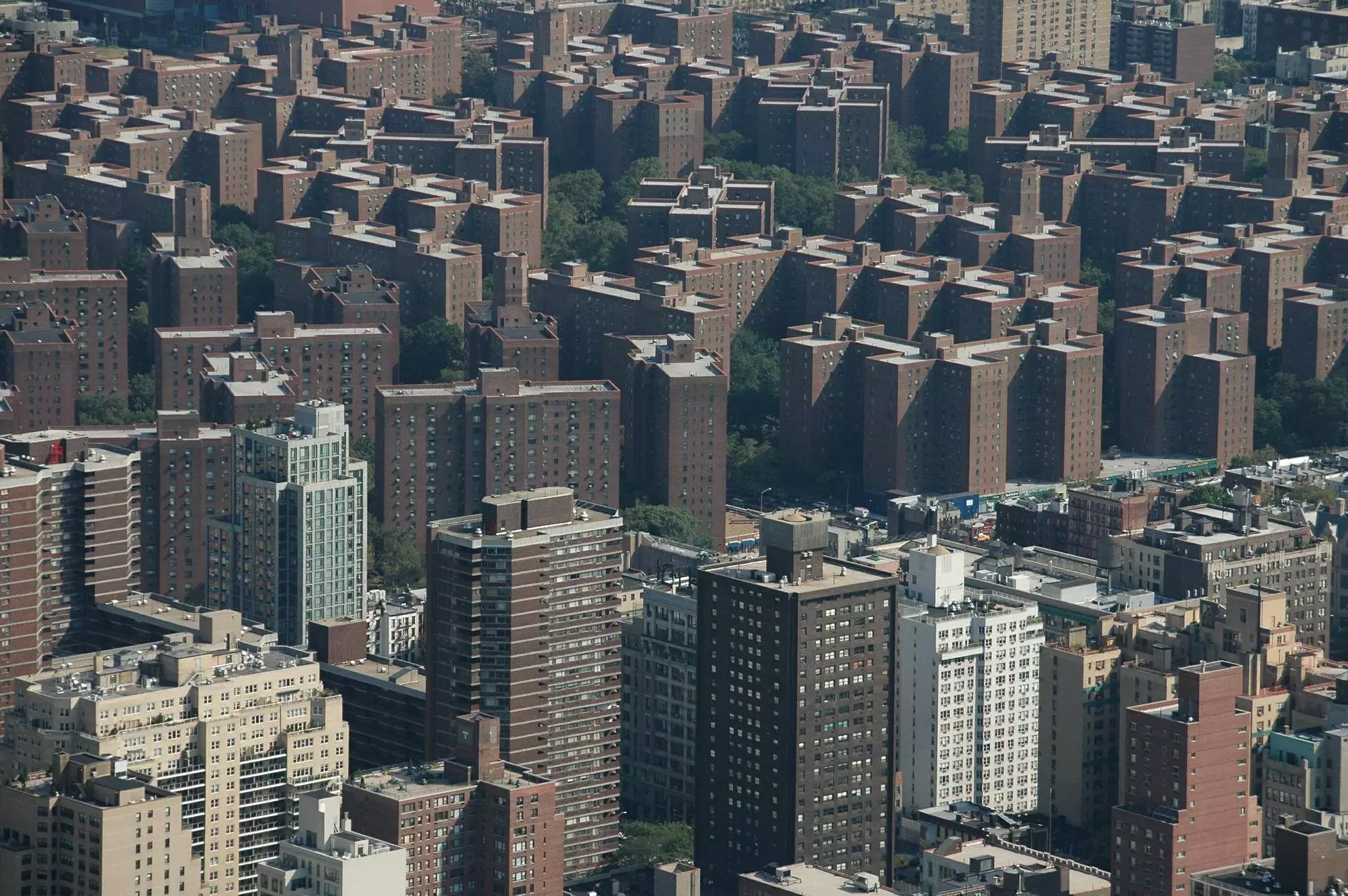In a world increasingly aware of environmental issues, a new study co-authored by researchers from MIT uncovers compelling insights into air pollution exposure, revealing alarming discrepancies among different demographic groups. Conducted in the Bronx, New York, this pioneering research shifts the paradigm from a simplistic view of air pollution based solely on geographic location, to a sophisticated analysis that incorporates the daily mobility patterns of individuals. By leveraging mobile data, the researchers provide a nuanced understanding of how air quality impacts various communities, revealing critical disparities that challenge the assumption that everyone suffers equally from air pollution.
From Static Data to Dynamic Analysis
Previous studies typically assessed air quality based on fixed data—where people live or work—leading to an incomplete picture of real-world exposure. The innovative approach taken in this study examines the actual movements of individuals throughout their day, yielding a 2.4% increase in estimated exposure to harmful particulate matter when mobility patterns are considered. Paolo Santi, a principal research scientist at MIT’s Senseable City Lab, articulated the study’s significance by emphasizing how it combines fine-grained mobility data with air quality assessments. This unique methodology allows us to trace the trajectories of individuals as they navigate through a polluted urban landscape.
The implications of this research are profound. Our daily lives are not merely defined by our residential addresses but are intricately tied to where we commute and engage in various activities. For example, a person may live in a relatively clean area but travel through pollution-heavy corridors on their way to work or school. Understanding these movements enables us to develop a much clearer picture of who is most vulnerable to air pollution and why.
The Role of Demographics in Pollution Exposure
A deeper analysis of the study highlights disturbing patterns in air pollution exposure among different ethnic and income groups. While the data indicate that income disparities persist, it is alarming to note that disparities based on ethnicity are even more pronounced. Predominantly Hispanic communities in the Bronx are significantly affected, illustrating systemic inequalities in environmental health. These neighborhoods often experience the highest levels of particulate matter, exposing residents to serious health risks, including asthma and other respiratory issues.
The Bronx, as noted by researcher Fábio Duarte, faces a public health crisis exacerbated by the poor air quality. With asthma rates 2.5 times higher than any other borough in New York City, the community’s health outcomes starkly reflect the burdens of polluted air. This study makes it clear that air pollution is not just an abstract environmental issue; it has tangible consequences on the health and well-being of vulnerable populations.
Innovative Methods: Utilizing Existing Infrastructure
The methodology employed in this study breaks new ground by integrating environmental sensors onto city services vehicles. These solar-powered sensors, capable of measuring various environmental factors, represent a cost-effective way for cities to leverage existing infrastructure for better air quality monitoring. By using the fleet of civic services vehicles as mobile pollution sensors, the researchers have unlocked a new approach to gather real-time data on air quality—a significant leap forward in urban environmental research.
This innovative strategy reveals not only how pollution levels fluctuate in real-time but also provides a roadmap for cities to develop comprehensive air quality management systems, utilizing a combination of mobile data and environmental monitoring sensors. As highlighted by Simone Mora, the potential for cities to adopt this methodology could revolutionize urban planning and public health strategies aimed at reducing pollution exposure.
Disease and Disparity: A Call for Action
The staggering correlation between air quality and respiratory diseases in the Bronx draws attention to a pressing need for systemic change. As the research indicates that exposure to high levels of pollution can lead to increased hospitalization rates, it becomes evident that policymakers must prioritize air quality issues—especially in neighborhoods facing the greatest disparities. This study serves as a clarion call to re-evaluate how environmental health risks are addressed, urging stronger regulations to combat pollution and improve public health outcomes.
The insights from this research are not merely academic. They demand an urgent response from various stakeholders—including urban planners, health officials, and local governments. By recognizing that the burden of pollution is unequally distributed, actions can be tailored to protect those most vulnerable, ensuring that health interventions are equitable and effective.
This groundbreaking study not only advances our understanding of air pollution exposure but also ignites essential conversations around social justice, health disparities, and the urgent necessity for effective environmental policies. As we continue to explore the intersections of mobility, air quality, and public health, the study lays the groundwork for future investigations that could further inform our strategies to combat environmental injustice.


Leave a Reply